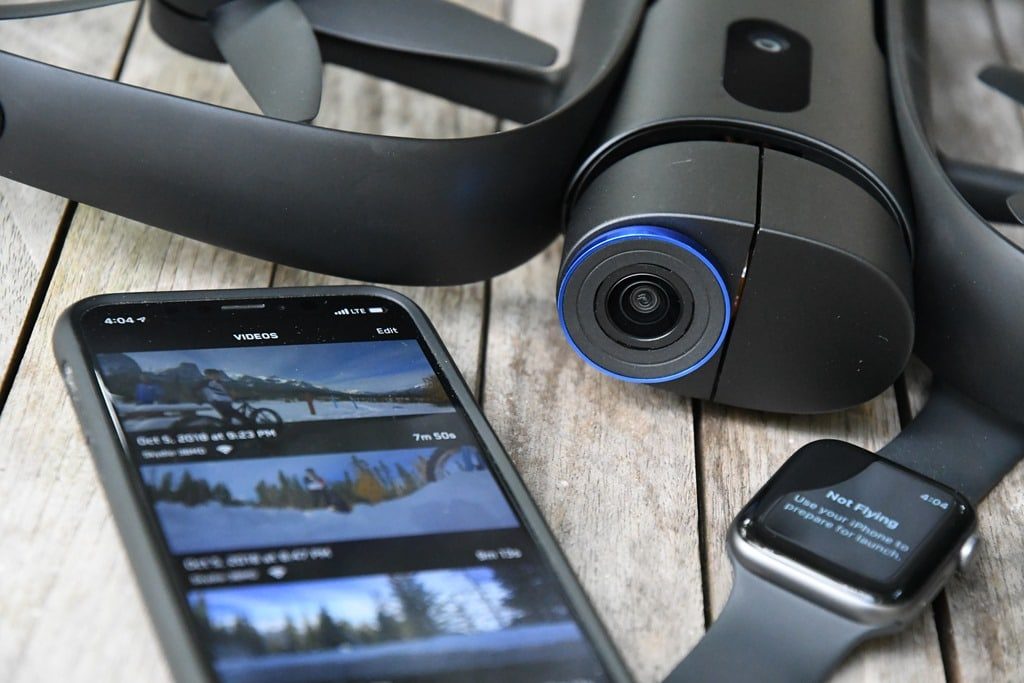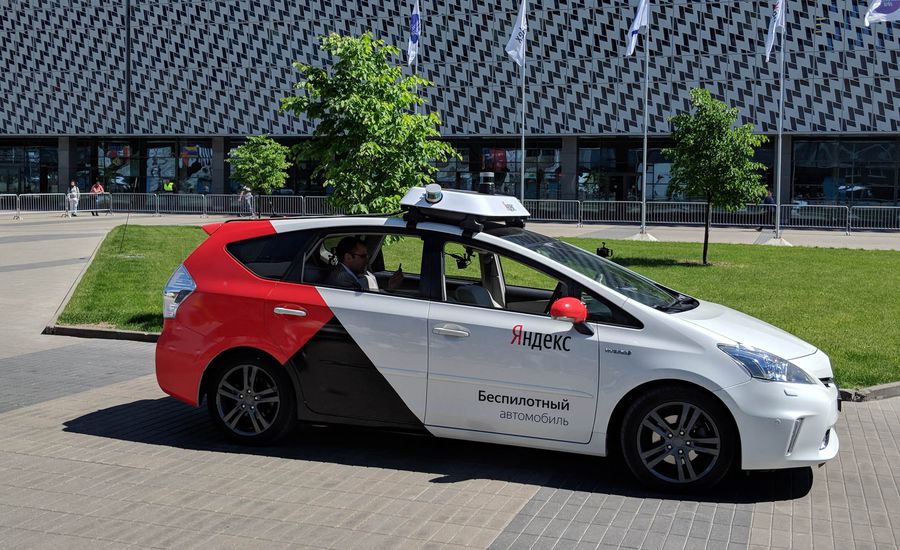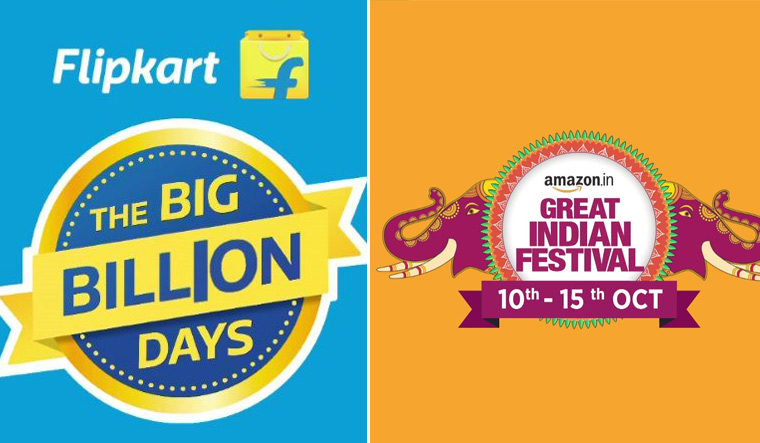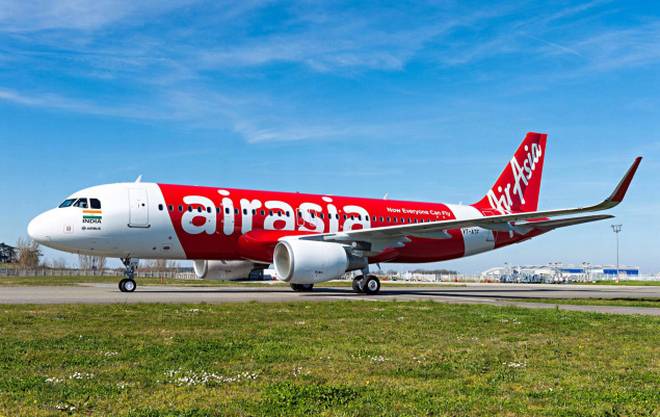Qualcomm Unveils Snapdragon 675 Processor Supporting Tripple Camera & Advanced AI
Qualcomm, best known for its next-generation mobile technologies and powerful Snapdragon processors, has just launched the new Snapdragon 675, the latest high to the mid-range mobile computing platform. The production of the Snapdragon 625 is basically focussed on the better gaming experience, photography, and artificial intelligence (AI).
The Snapdragon 625 is being considered as an upgrade over the Snapdragon 670 SoC that was launched in August this year. The Snapdragon 625 chipset has the Kryo 460 architecture that is built on the ARM’s Cortex-A76 cores. The architecture is specially designed for high-end smartphones. It is the first time that the processor has been manufactured using the 11nm process. The processor has got two 2.0GHz performance cores, four 2.8GHz performance cores that are based on the Cortex-A75, and six 1.78GHz efficiency-based cores, making the processor faster.
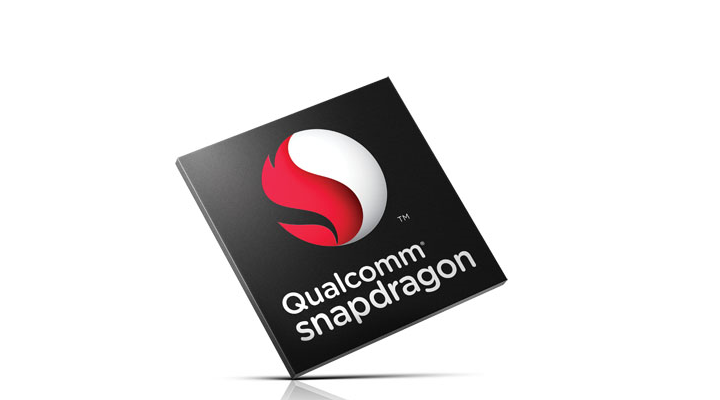
With Snapdragon 625, Qualcomm has brought the features, that were only available for high-end smartphones, to the mid-range smartphones. Snapdragon 625 has got a new Qualcomm Spectra 250L ISP for 14-bit image signal processing supporting a triple-camera setup, with 5x optical zoom, 48 megapixels, portrait mode, etc.
The processor is also focussed on improving the gaming experience and the AI features. According to the company, the AI features have been improved by 50% than the previous processors, with the help of third-generation Qualcomm AI Engine. The processor supports the Qualcomm Neural Processing Engine SDK, resulting in the addition of features like the adaption of user’s voice, working with multiple voice assistants, etc.
Also, the processor has faster performance, supporting high-end games like PUBG, Best NBA, Honor of Kings, Knives Out, etc. The processor uses the Adreno 612 GPU that supports OpenGL ES 3.2, Open CL 2.0, Vulkan, and DirectX 12. Snapdragon X12 LTE modem supports up to 600Mbps LTE connectivity that provides a support for playing the online games without any interruption.
The Qualcomm’s Snapdragon chipset is used in every other smartphone. The Snapdragon 625 can be considered Qualcomm’s attempt to provide the users of mid-range smartphones a better experience with its high-end features. By the first quarter of next year, you can find the Snapdragon 625 processors out in new Smartphones.

Yashica is a Software Engineer turned Content Writer, who loves to write on social causes and expertise in writing technical stuff. She loves to watch movies and explore new places. She believes that you need to live once before you die. So experimenting with her life and career choices, she is trying to live her life to the fullest.
